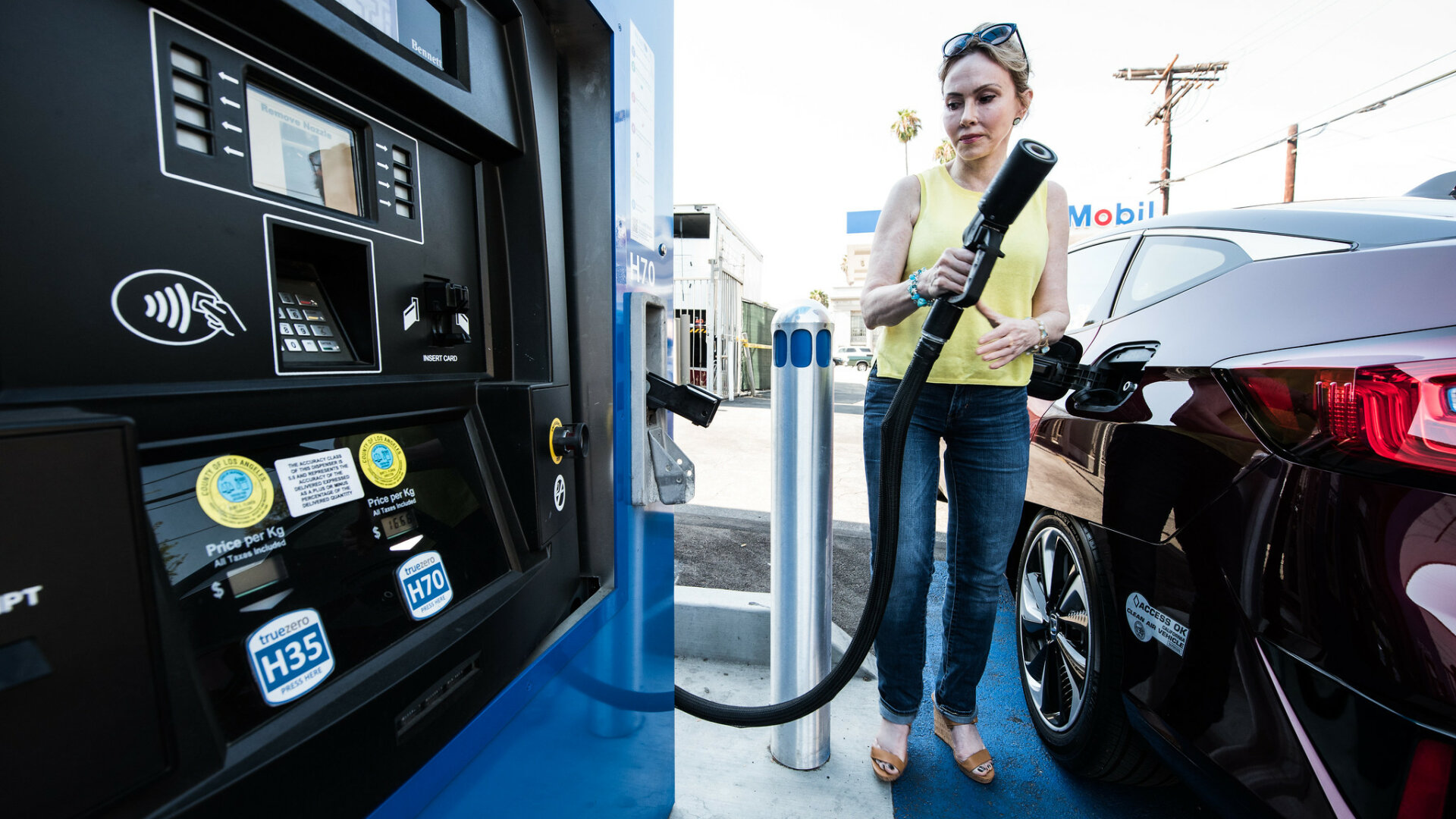5 Fuels Used in Fuel Cells Today
When most people think of fuel cells, one fuel comes to mind. This gas is completely colorless, odorless, and is the lightest element in the universe: hydrogen. While hydrogen has been powering fuel cells for over 200 years, you might be surprised to find that there are plenty more fuel cell fuels out there. From methanol to ethanol to ammonia, fuel cells can be powered by an incredible number of fuels, each offering its own unique advantages and applications.
We’ll take you through all the different types of fuel cell fuels, covering everything from their composition to use and the specific advantages and applications of each, broadening your understanding of the versatile world of fuel cells beyond the traditional hydrogen-based systems.
Hydrogen

Hydrogen is the most well-known fuel used in fuel cells, and has been powering fuel cells since the early 19th century. But what are the unique advantages of this fuel? For starters, any fuel cell powered by hydrogen releases only water and warm air as emissions. This is because the fuel cell splits hydrogen atoms (H2) into oxygen (O2) and pure water (H2O).
Hydrogen is also why fuel cells can be considered a ‘green’ technology. Electrolysis (the process that splits water hydrogen and oxygen) can be powered by electricity generated from natural gas or coal, but solar power is increasingly used to produce ‘green’ hydrogen. This is hydrogen gas that, because it is produced from renewable electricity, can be zero emissions across the entire value chain.
A good example of green hydrogen in action is the Central Queensland hydrogen (CQ-H2) Project, which will produce upwards of 17.2bn Australian Dollars in green hydrogen exports when it reaches full capacity in the 2030s.
Methanol
Methanol (CH3OH) is a fuel that has an energy density much greater than compressed hydrogen. When used in fuel cells, direct methanol is much less expensive than hydrogen while being safer and can be easier transported and stored. Direct methanol fuel cells (DMFC) are actually a relatively new technology being invented and developed in the 1990s by NASA and other institutions in the United States like the Jet Propulsion Laboratory.
While they are similar to proton-exchange membrane fuel cells (using a polymer membrane as an electrolyte), direct methanol fuel cells use a special platinum-ruthenium catalyst on the anode. This is able to draw out pure hydrogen from liquid methanol, meaning there is no need for a fuel reformer.
Yet one major drawback of using methanal in fuel cells is efficiency. While hydrogen fuel cells can achieve up to 60% efficiency, currently operating direct methanol fuel cells is around 20-30%.
Ethanol
Ethanol – the active component in alcoholic drinks like beer and wine – has a hidden power: it can be used as a fuel for fuel cells. This biofuel is seen as attractive for many reasons. Its supply chain is already in place and it's relatively safe to handle compared to hydrogen. It's also a hydrogen-rich liquid, and it has an even higher energy density than methanol (8.0 kWh/kg compared to methanols 6.1 kWh/kg). In most of the world it can produced from a variety of easily accessible feedstocks like corn, sugar or barley. Switchgrass and sugarcane are some of the plants that produce the highest energy yields.
In the future, it’s thought that ethanol will be produced from plants like trees and grasses (so-called cellulose-rich plants). This is a major advantage because these require less fuel, fertilizers and water to grow, limiting the impact on the environment.
There are some serious disadvantages to ethanol fuel cells, however. While catalysts used in hydrogen fuel cells are not prohibitively expensive, the electro-catalysts in ethanol fuel cells (like platinum) come with a high price tag. Furthermore, intermediate species similar to carbon monoxide can cause a poisoning of the electrocatalyst and decrease the performance of the anode.
This is the reason why hydrogen fuel cells are still leading the market today.
Ammonia
The ability of ammonia to power fuel cells is extremely encouraging for two reasons: it’s easily available in the form of commercial fertilizers, and it offers clean combustion. In its liquid form ammonia contains twice as much hydrogen as liquid hydrogen by volume, and ammonia reforming releases only hydrogen and nitrogen gas as byproducts. It can also be easily liquified with a liquid density of 601 g/L at 300 K, and this only requires a pressure of 10 bar.
The only catch is that ammonia fuel cells need to operate at temperatures far above 400 ºC for ammonia to be turned back into hydrogen. This would require external heat as a normal exhaust from a PEM fuel cell is only 80 ºC. The efficiency of ammonia fuel cells can therefore be called into question.
Another issue is the product gas. When ammonia is used as a fuel for fuel cells, there is an undissociated ammonia concentration in the product gas. While the concentration of this is less than 50 ppm, it’s still enough to damage fuel cells with acid electrolytes, so an acid scrubber is needed to remove the final bits of ammonia gas from the cracker.
Methane
Methane-based fuels like natural gas also have the potential to be used as an alternative fuel for fuel cells in the future. Carbonate fuel cells operate at temperatures above about 1000 degrees F, but new breakthroughs in fuel cell technology mean these can operate at much lower temperatures and they don’t need a major add-on called a steam reformer, something that’s usually required to convert methane and water into hydrogen fuel.
Instead, methane can be converted into hydrogen right in the fuel cell itself due to a new catalyst called CNR, made with cerium, nickel and ruthenium. When methane and water molecules encounter the catalyst, it separates the methane from water and they come back together as hydrogen (H2).


